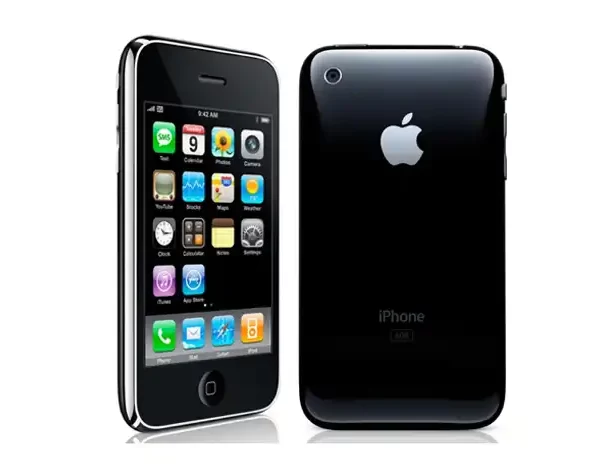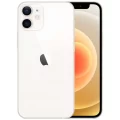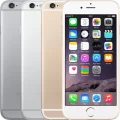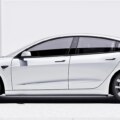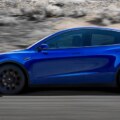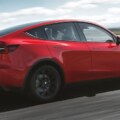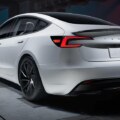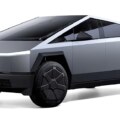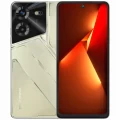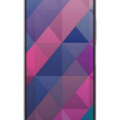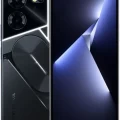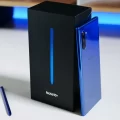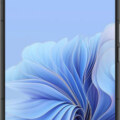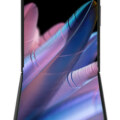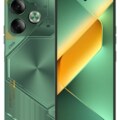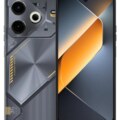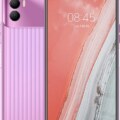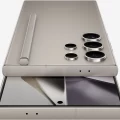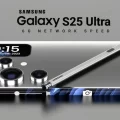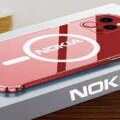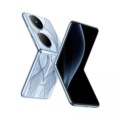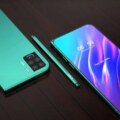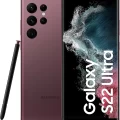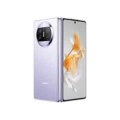The iPhone 3G Price in Nigeria UK Used is 45,000 Naira and this includes Lagos, Abuja, Kano, Rivers, Ogun, Oyo, Delta, Kaduna, Edo, Enugu, Port Harcourt, Ibadan, Benin, Owerri, Warri.
When the original iPhone launched in 2007, it created an entirely new smartphone experience but came with limitations that prevented mass adoption. With the iPhone 3G in 2008, Apple addressed these shortcomings and brought the power of iOS to the masses.
Design and Display:
Externally identical to the first iPhone, the 3G retained the iconic glass and metal design. It kept the 3.5-inch display at 320×480 resolution. This form factor balance became the iPhone standard for years.
Hardware Upgrades:
A 600MHz Samsung processor powered the 3G, adding some extra speed. Crucially, it gained 3G HSDPA support for faster data versus Edge on the original. Storage doubled to 8GB/16GB options, assisting the new App Store.
Network Accessibility:
3G connectivity transformed the experience. Users could now access emails, apps, and the mobile web beyond just WiFi hotspots. This laid the foundation for iPhones as always-connected devices.
New Capabilities:
The built-in GPS and digital compass gave rise to location-based services and turn-by-turn navigation on Google Maps. Mobile Safari browsing enriched the device potential.
Mass Market Appeal:
Priced starting at $199 with contract vs $599 originally, the 3G found a sweet spot for mass adoption. Its compelling blend of hardware, software, and price cemented the iPhone as a mainstream option.
Legacy and Limitations:
While sparking mobile revolutions in app ecosystems and multitouch interfaces, the single-core processor showed age more quickly than later iPhones. Still, the 3G achieved Apple’s goal of introducing revolutionary smartphone technology to the masses.
